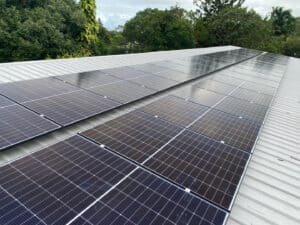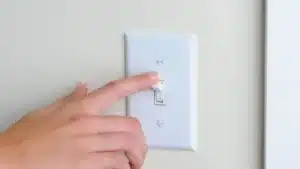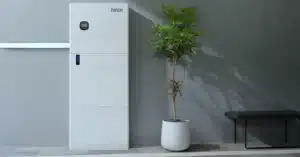Installing a home battery involves physically mounting a battery on the wall or the floor, and hooking it up to an inverter. The inverter will convert the battery’s DC power into the AC power that your home uses. The inverter will either:
- Come with the battery, known as a ‘battery inverter’
- Or, be already installed, ready for a battery, and connected to your solar panels, known as a ‘hybrid inverter’.
Installing a home battery requires understanding many more standards than the average electrician knows:
- AS5139:2019 for battery systems
- AS4777.2:2020 for grid-connected inverters
- AS5033:2021 solar arrays (probably)
- AS4509:2009 for stand-alone power systems (potentially)
In this article, we will discuss the various requirements of a home solar battery installation.
Restricted Locations
The location needs to comply with the manufacture’s recommendations to protect the system from weather and extreme heat, light, and temperature, which may reduce the performance or life span of the system. Most batteries have an optimal operating temperature range to achieve their design life and maintain safety.
However, attention should be given to the Queensland context. As an example, daytime temperatures across northern Queensland are usually warmer than the average temperature, therefore locations exposed to both north- and west-facing aspects may be undesirable for battery energy storage system installations for the reasons of high solar radiation.
A home battery system must not be installed in the following locations:
- Habitable rooms, as defined by the National Construction Code (NCC) and as listed in AS5139:2019 definition 1.3.42, including, but not limited to:
- Bedroom
- Living Room
- Lounge Room
- Music Room
- Television Room
- Kitchen
- Dining Room
- Sewing Room
- Study
- Playroom
- Family Room
- Home Theatre
- Sunroom
- Egress paths
- Spaces occupied frequently or for extended periods.
Subject to all other requirements in these guidelines, suitable locations for installation of the home battery system may include:
- Garages
- Basement
- Battery Rooms
- Verandas
Clearance
The following minimum clearance requirements must apply for the battery installation:
The minimum of the manufacturers required clearance and those mandated in AS5139 which are 600mm laterally and 900mm vertically.
Residential Barrier
The most common rechargeable battery technology used in home battery systems are lithium-ion batteries. Regardless of the battery chemistry, lithium-ion batteries are prone to thermal runaway which leads to battery fires. Some manufacturers, such as Hinen, significantly reduce this risk by including a built-in fire suppression system.
Many battery systems are installed on concrete slab footing which are non-combustible, so it does not require any additional fire-protection because of its built-in resistance to fire. There are a number of “deemed to comply” materials and if installed on these, no further protection is required. Under AS5139 when the wall and clearances noted above cannot be maintained to a habitable room, the installation of a non-combustible barrier must be installed as detailed in AS5139 section 4.2.4.2 or 5.2.4.2.
Examples of walls and clearances required for habitable rooms are outlined below:
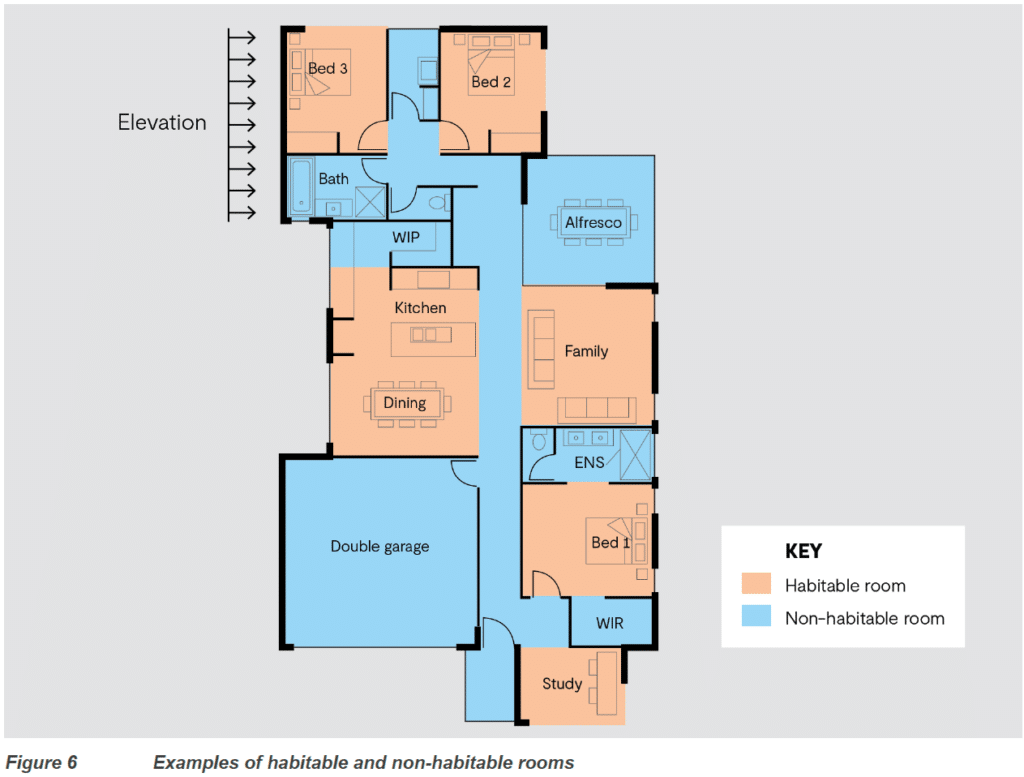
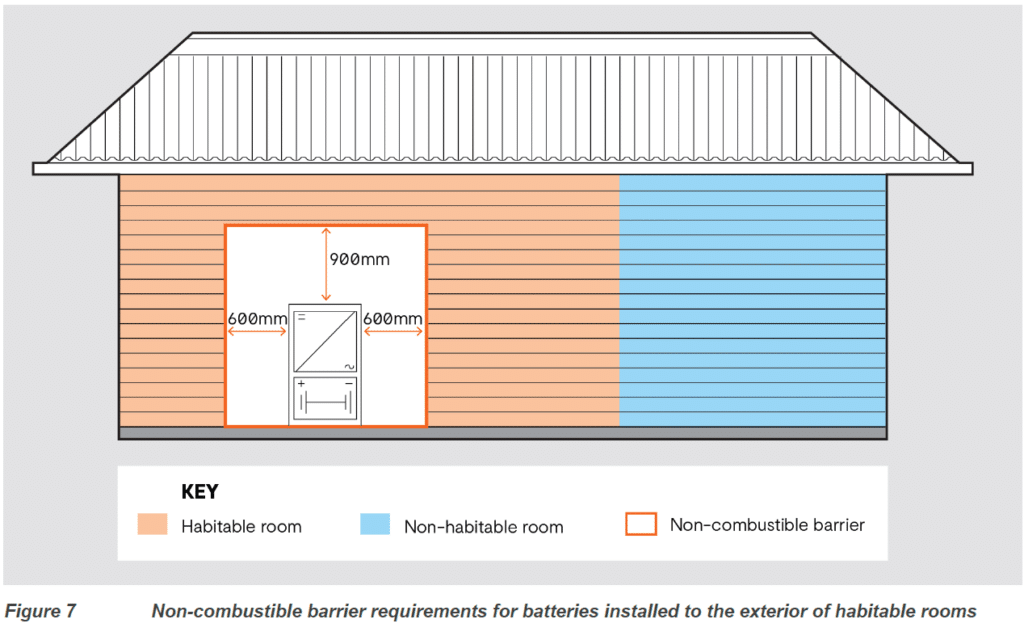
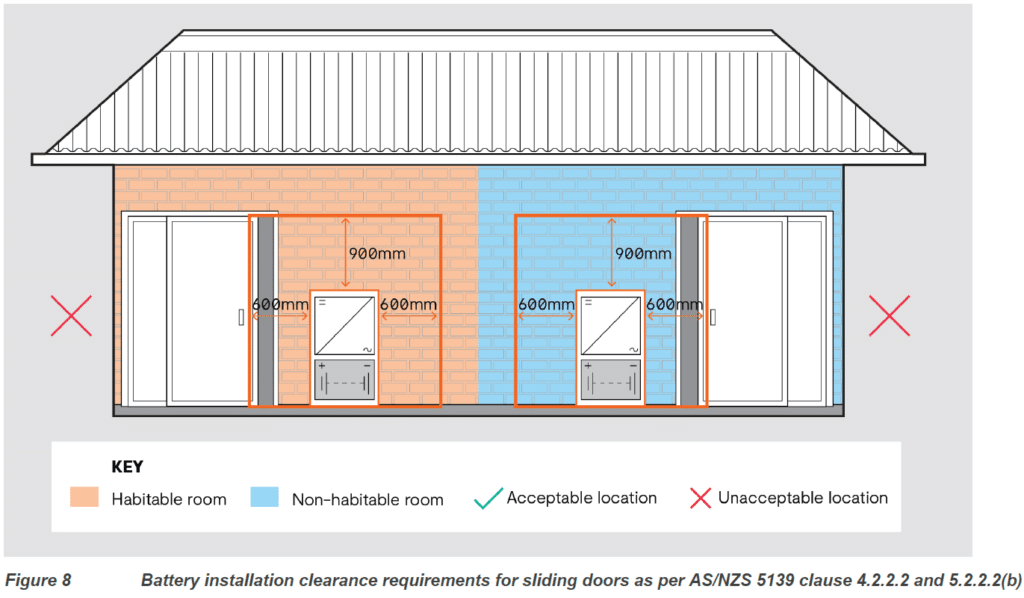
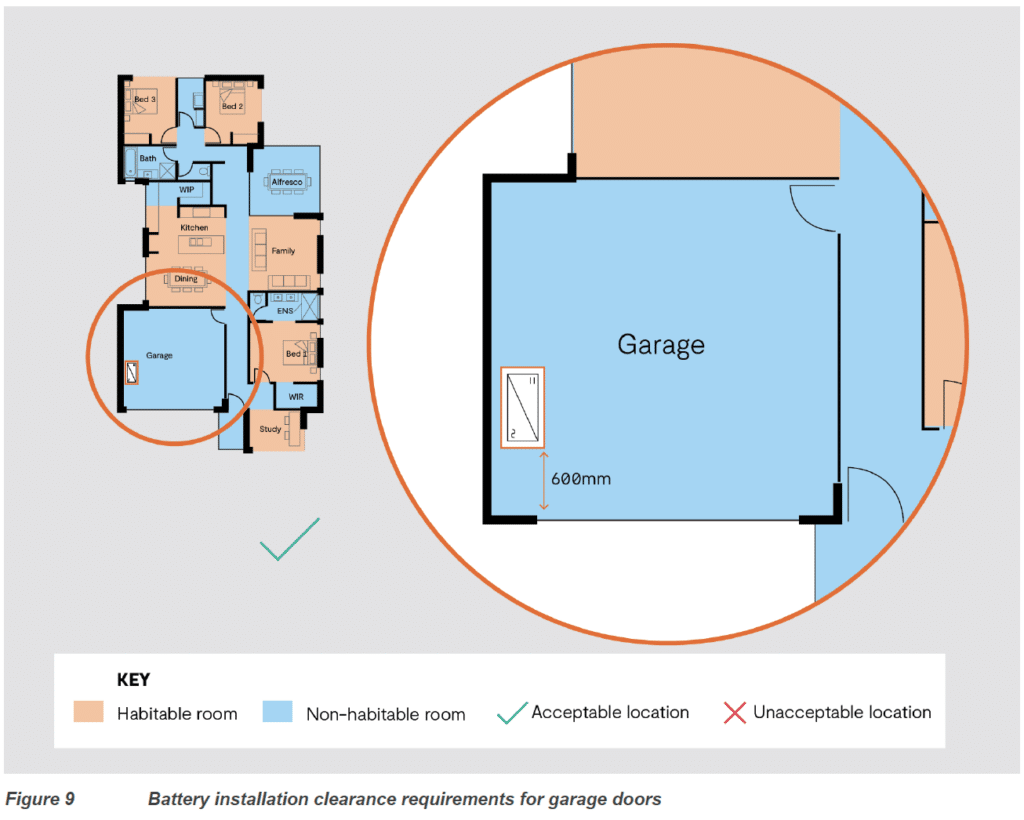
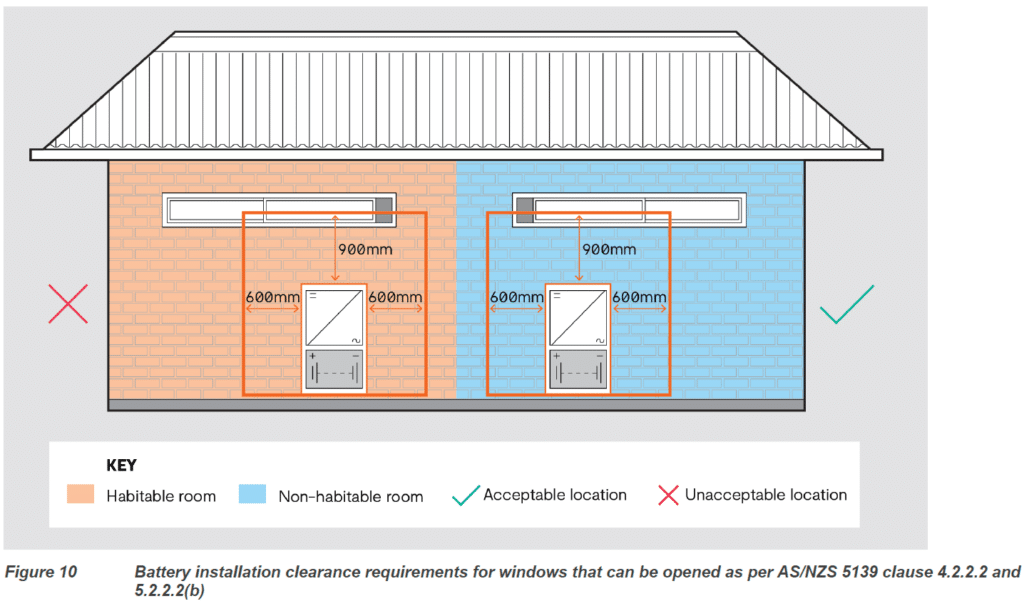
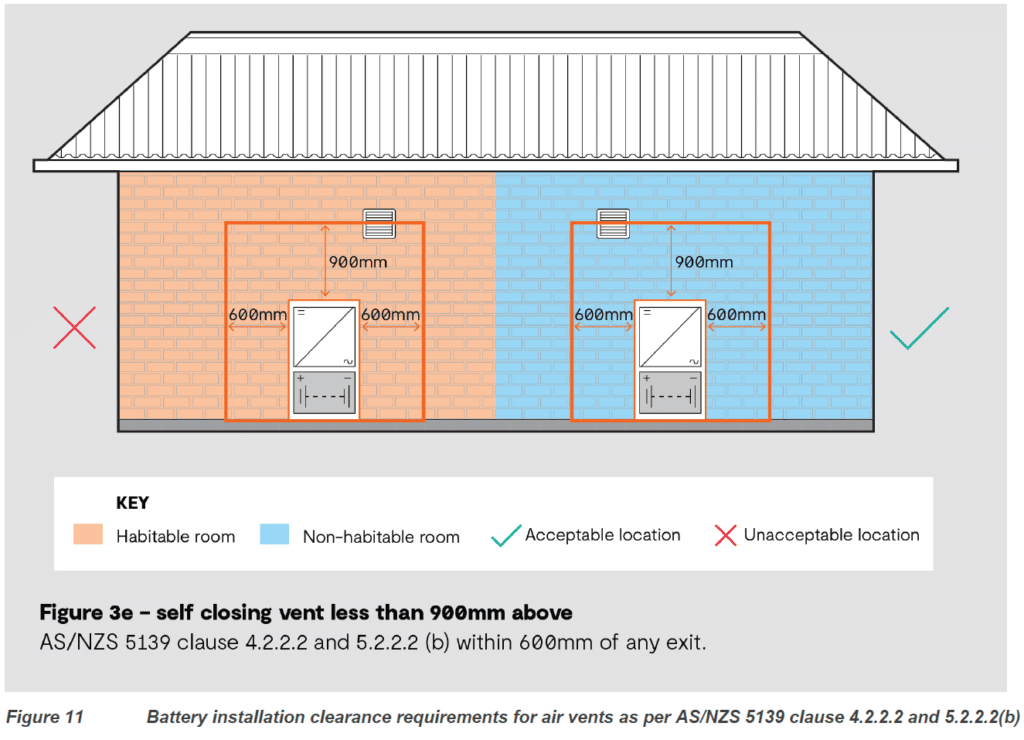
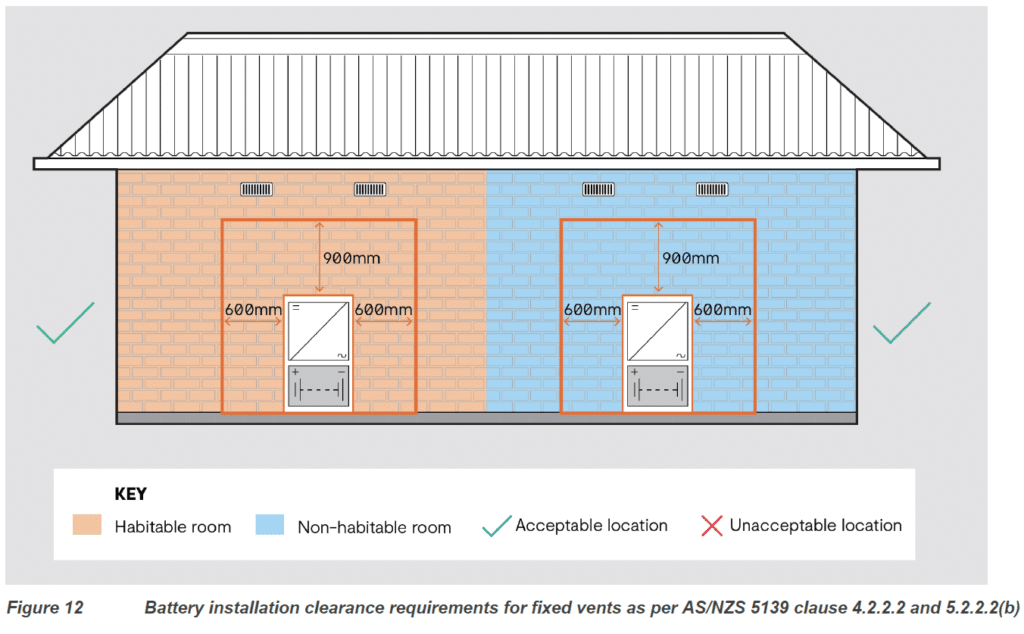
Note that batteries may not be included within 600mm of a doorway or egress path. If the battery pack is installed at a distance of 300mm from the wall that isolates the energy storage system from a habitable room, no further protection is required.
Mechanical Protection
Many home battery systems in Queensland (and Australia wide) are installed in garages where additional mechanical protection may be required. Additional mechanical protection must be installed at a home battery site when it would reasonably be expected that damage may occur to the battery system or enclosure resulting from impact of a vehicle.
While most manufacturers claim their battery system enclosure does not require additional mechanical protection as they have conducted impact testing, AS/NZS 3000 1.5.14 specifics protection against external influences and Appendix H provides further information on how to achieve adequate mechanical protection, considering the level of impact.
Furthermore, clause 1.7.1 (c) states that electrical equipment must be installed in accordance with the requirements of that standard and the additional requirements as specified in the manufacturer’s instructions. To this end, the requirements of AS/NZS 3000 Wiring Rules would apply.
Additional mechanical protection, such as a bollard, must be provided for both rear wall and side wall mounted batteries where there is potential for damage during normal vehicle movement. This includes wall mounted battery systems.
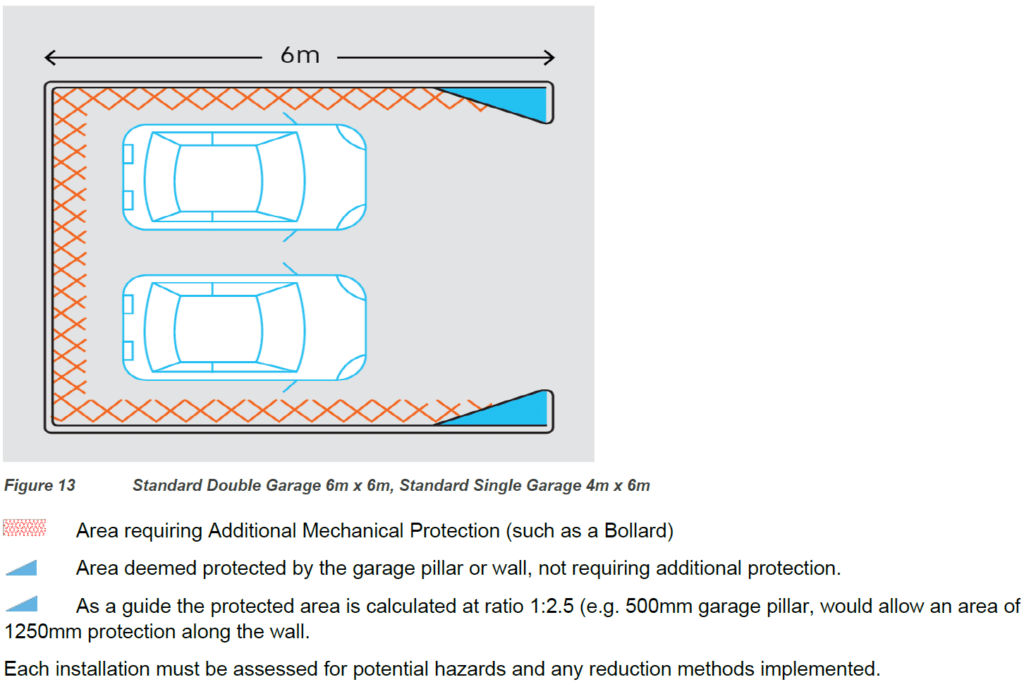
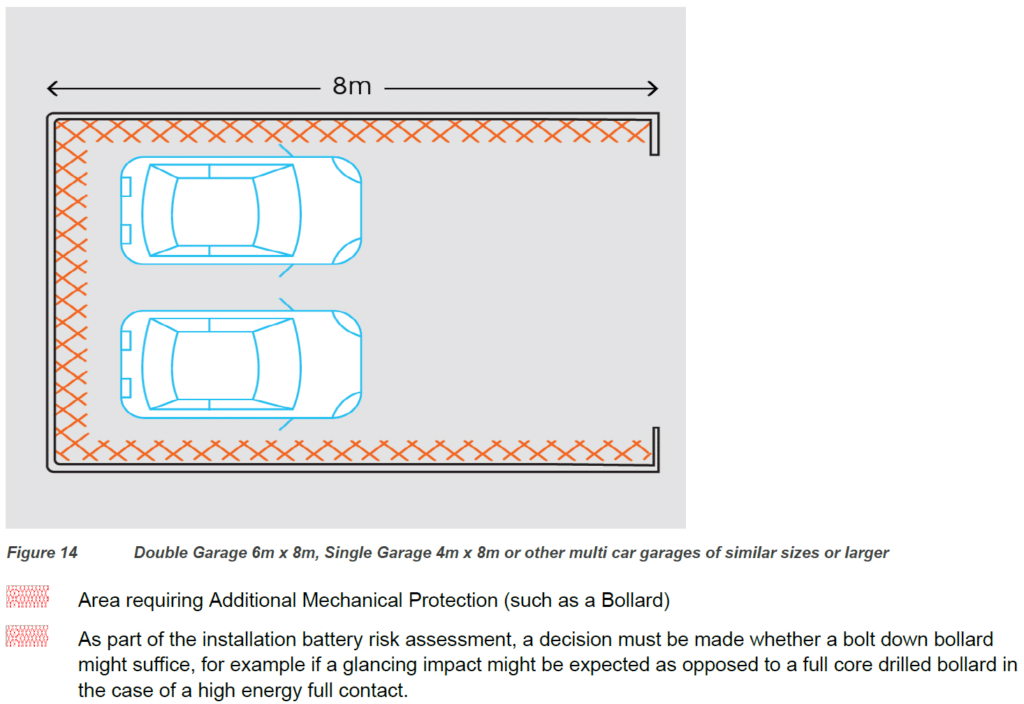

Founder of Horan & Bird. Director of Master Electricians Australia and Board Member of Solar Accreditation Australia. John has played a key entrepreneurial role in the transformation of the Energy Landscape in Queensland.

